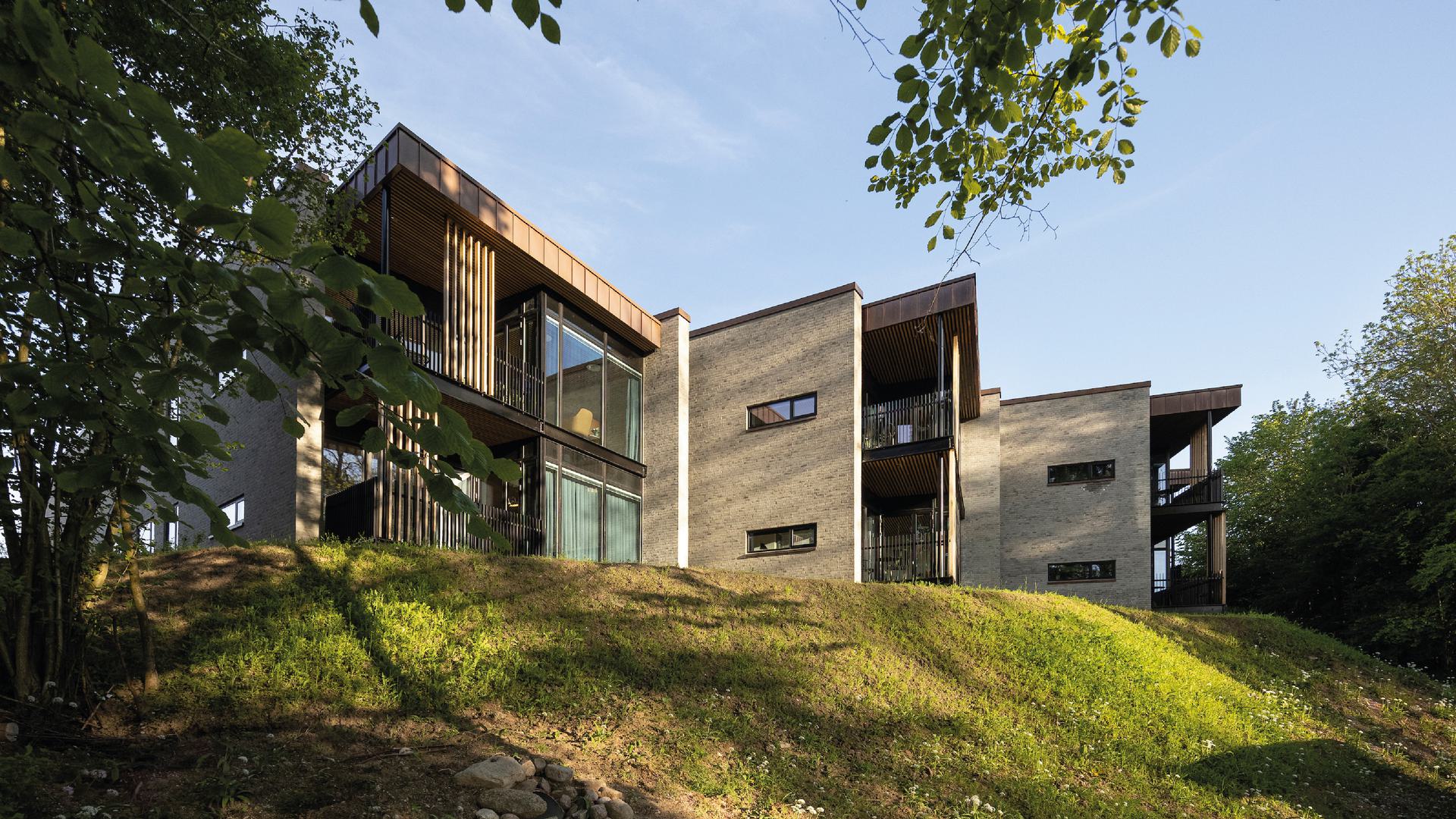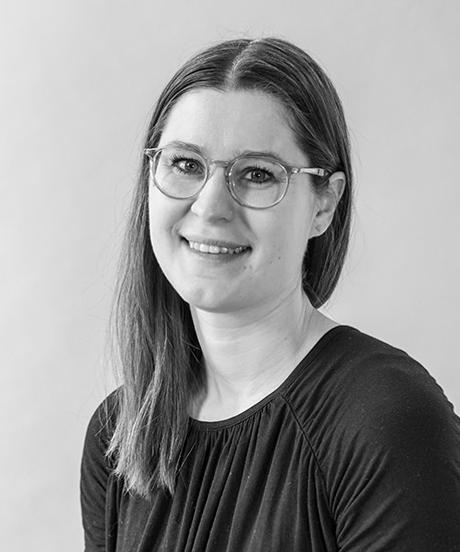
Creating conditions for life, play, and relief
Research in healthcare architecture shows that when the architecture creates a good framework for security, the conditions for relief and healing improve. Strandbakkehuset in Rønde is the first newly built children's and youth hospice in Denmark and has become a vital home for children and families in a vulnerable life situation. The research, knowledge, and field studies of the impact team have formed a crucial foundation for the choice of architectural elements in Strandbakkehuset; from the initial phases to the completion of the construction and now, as the project has been revisited and evaluated.
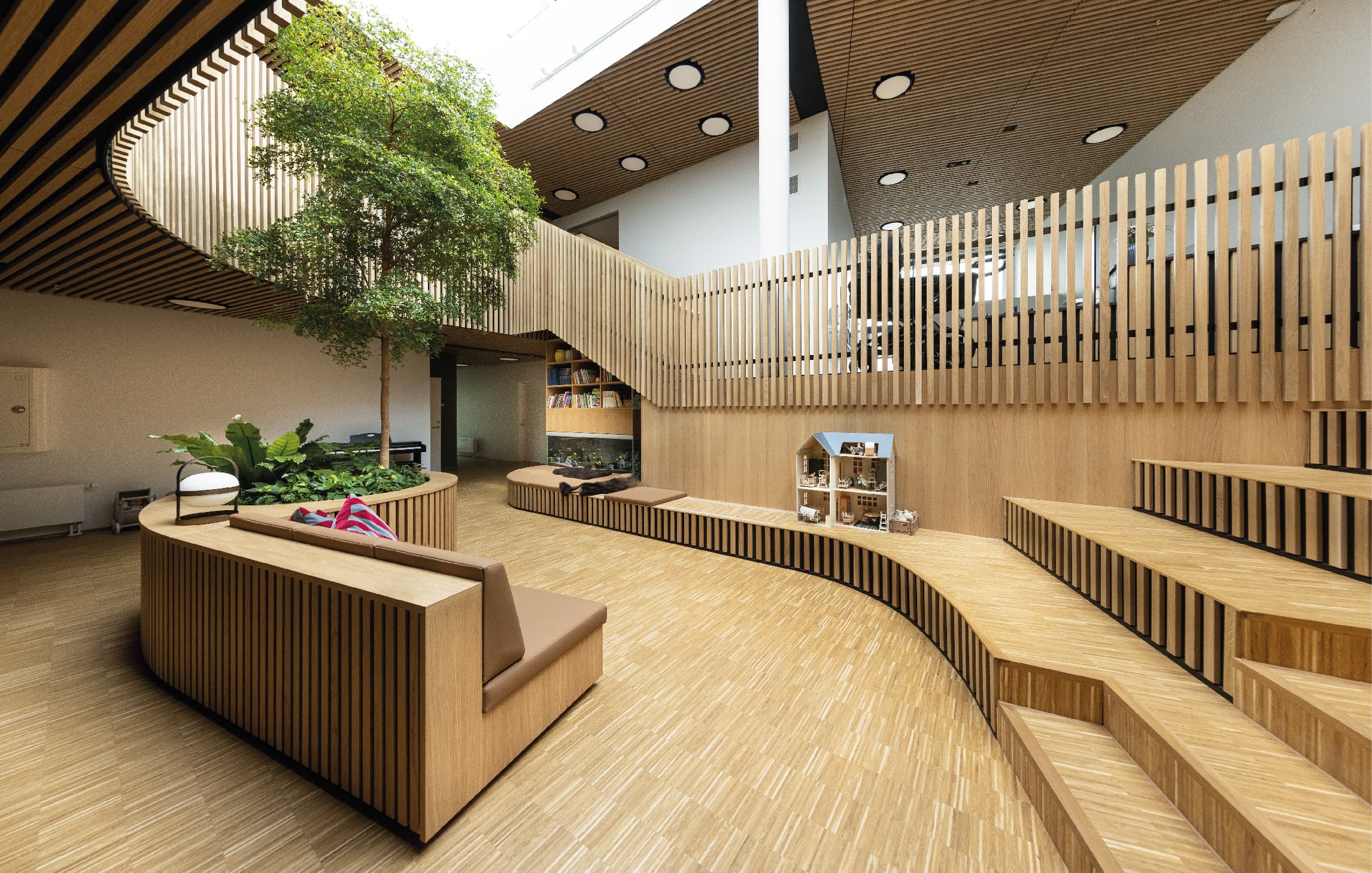
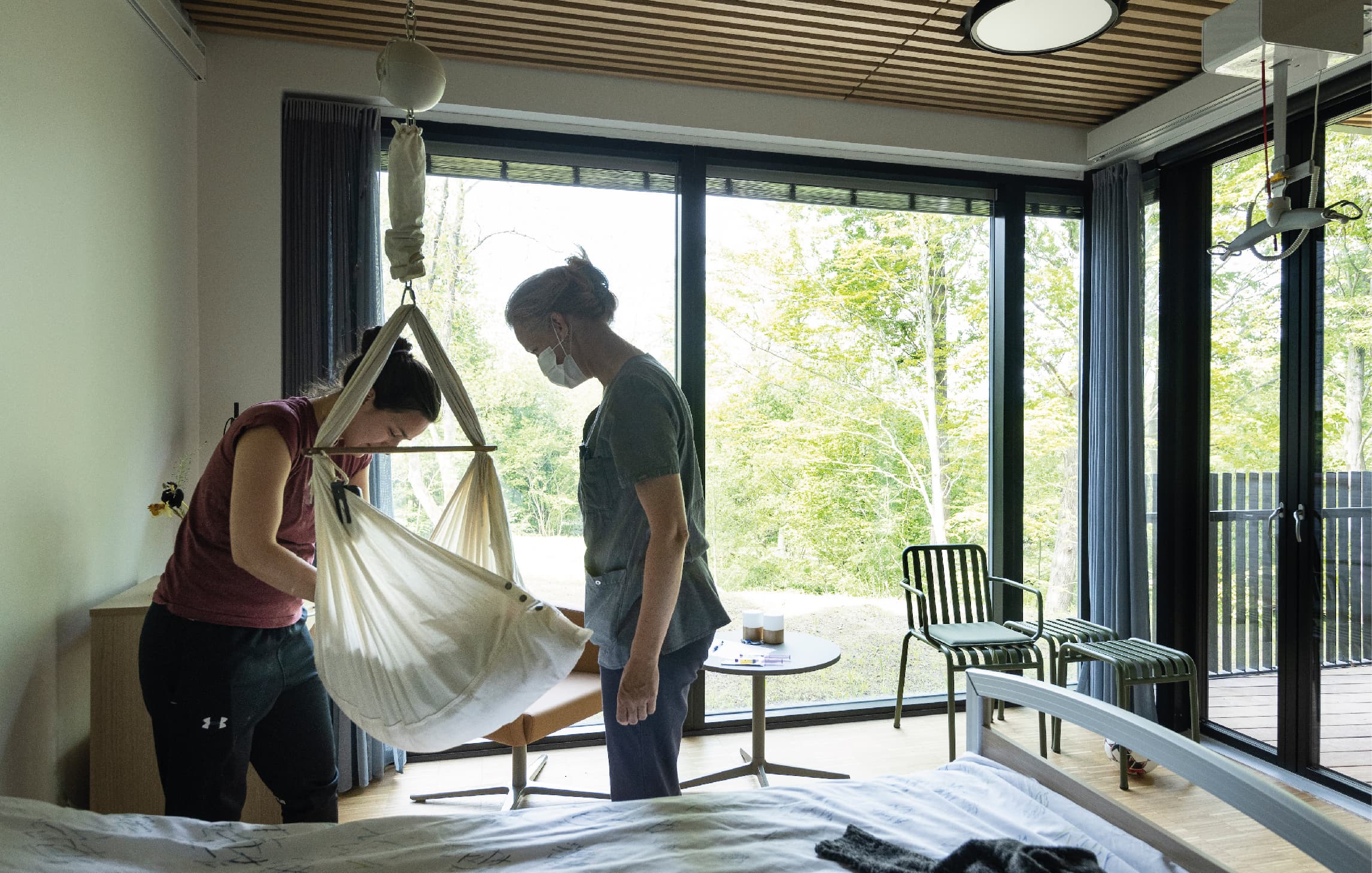
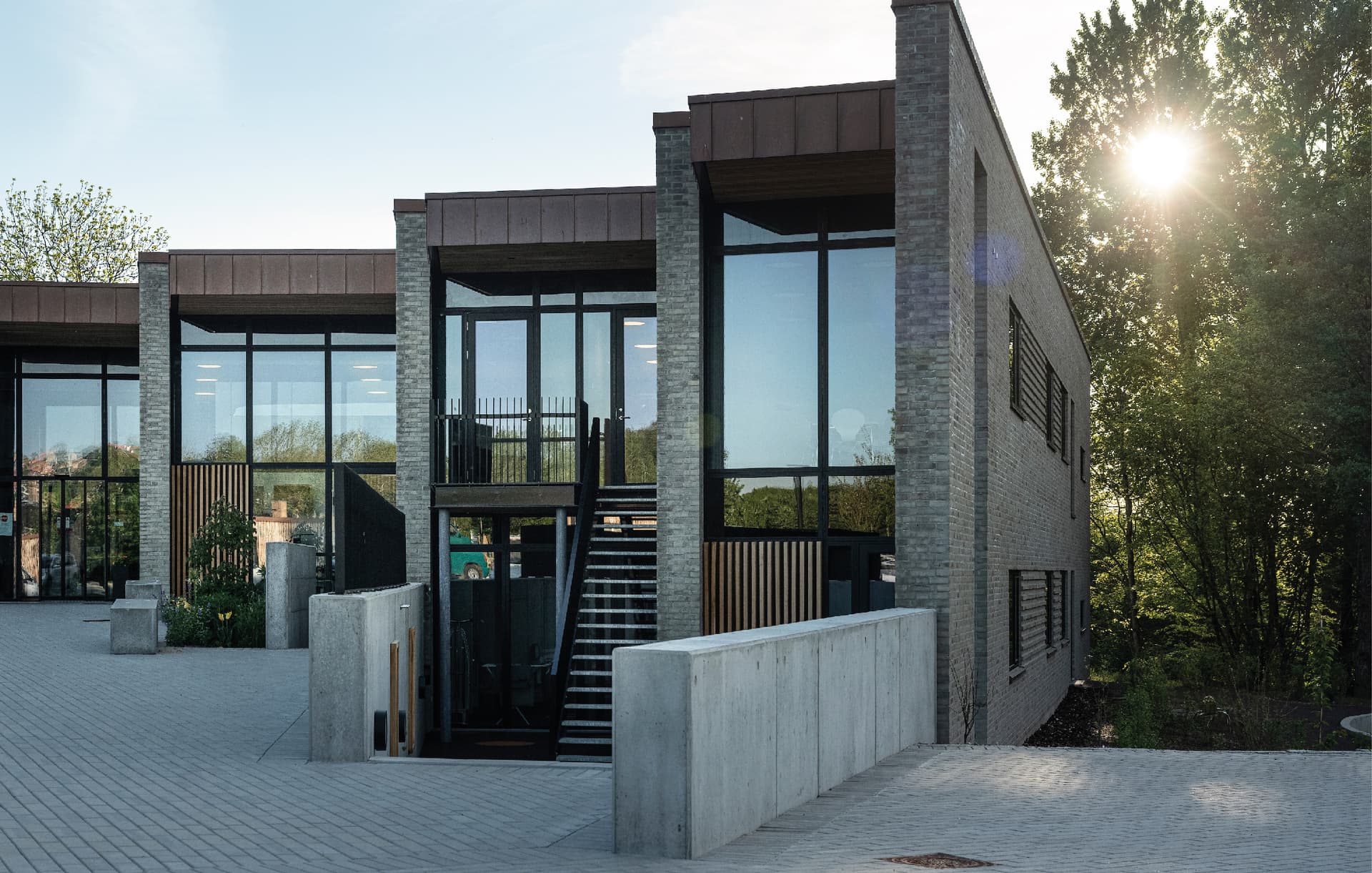
Relieving architecture
Strandbakkehuset in Rønde is a children's and youth hospice connected to the adult hospice Hospice Djursland. It accommodates four families at a time, and the house also has two guest accommodations for relatives. Life, play, and relief are the mantras and core visions of Strandbakkehuset, and these three words have served as central keywords throughout the process before, during, and after the construction. Particularly, relief is an important aspect.

The predominant material in Strandbakkehuset is oak wood, and it has been crucial for the place's soothing character and the experience of a non-institutional environment. The use of oak wood in Strandbakkehuset has also created an organic expression and a better connection between the exterior and the interior.
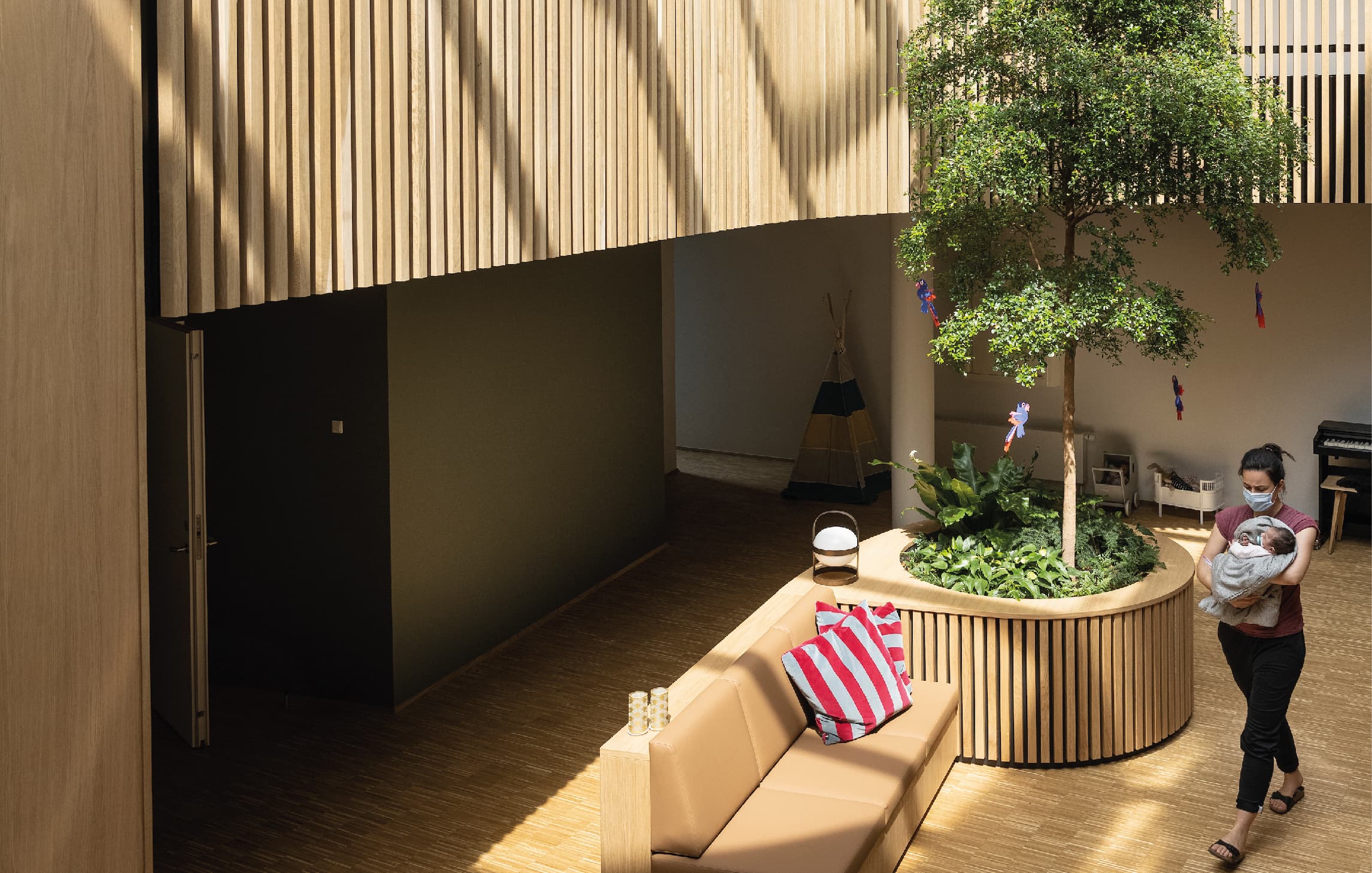
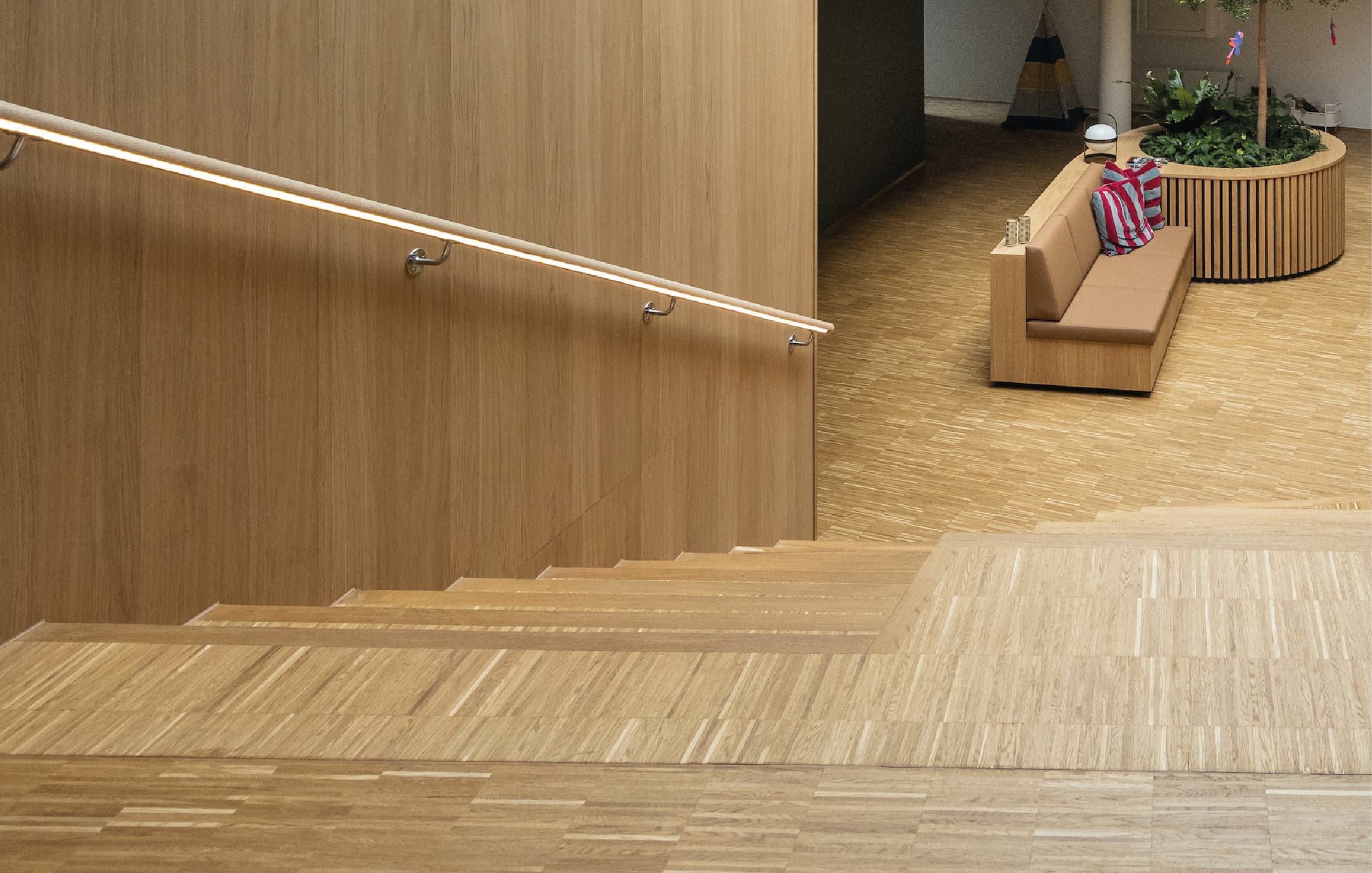
Strandbakkehuset is situated overlooking a public forest, with access and views of nature from almost every room. This ensures that nature benefits the patients regardless of their condition, whether lying down, sitting, or able to venture outside the house or not. Outside, there are wheelchair-accessible walkways in the forest area, allowing everyone not only to look out at nature but actually to spend time in it. This has significant implications for both the families and the staff's well-being because nature has a soothing and therapeutic effect.
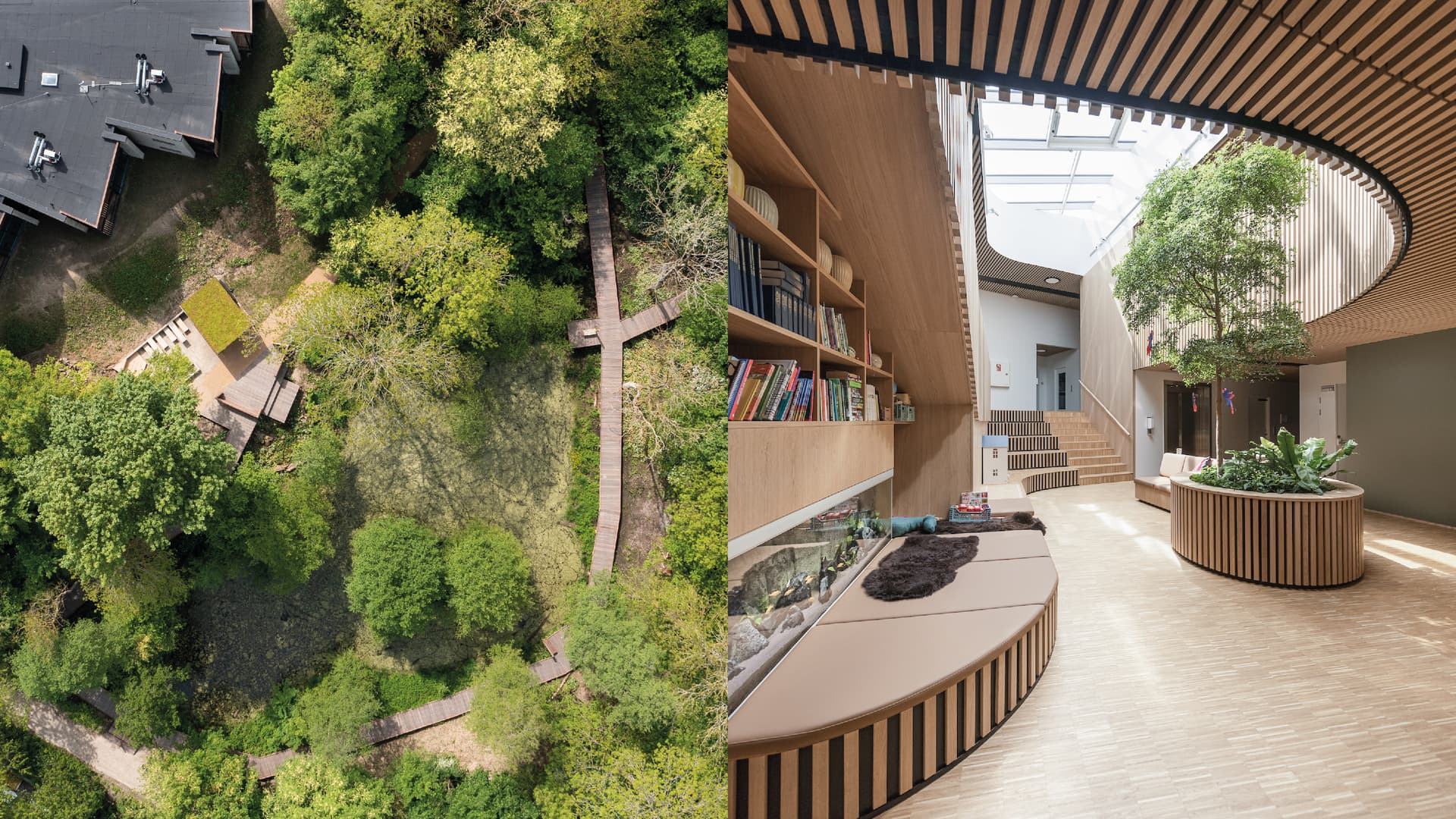

Impact
- Research indicates that nature has a soothing and healing effect on humans. This applies both to nature as a place where one can stay or simply being visually connected to nature through a view.
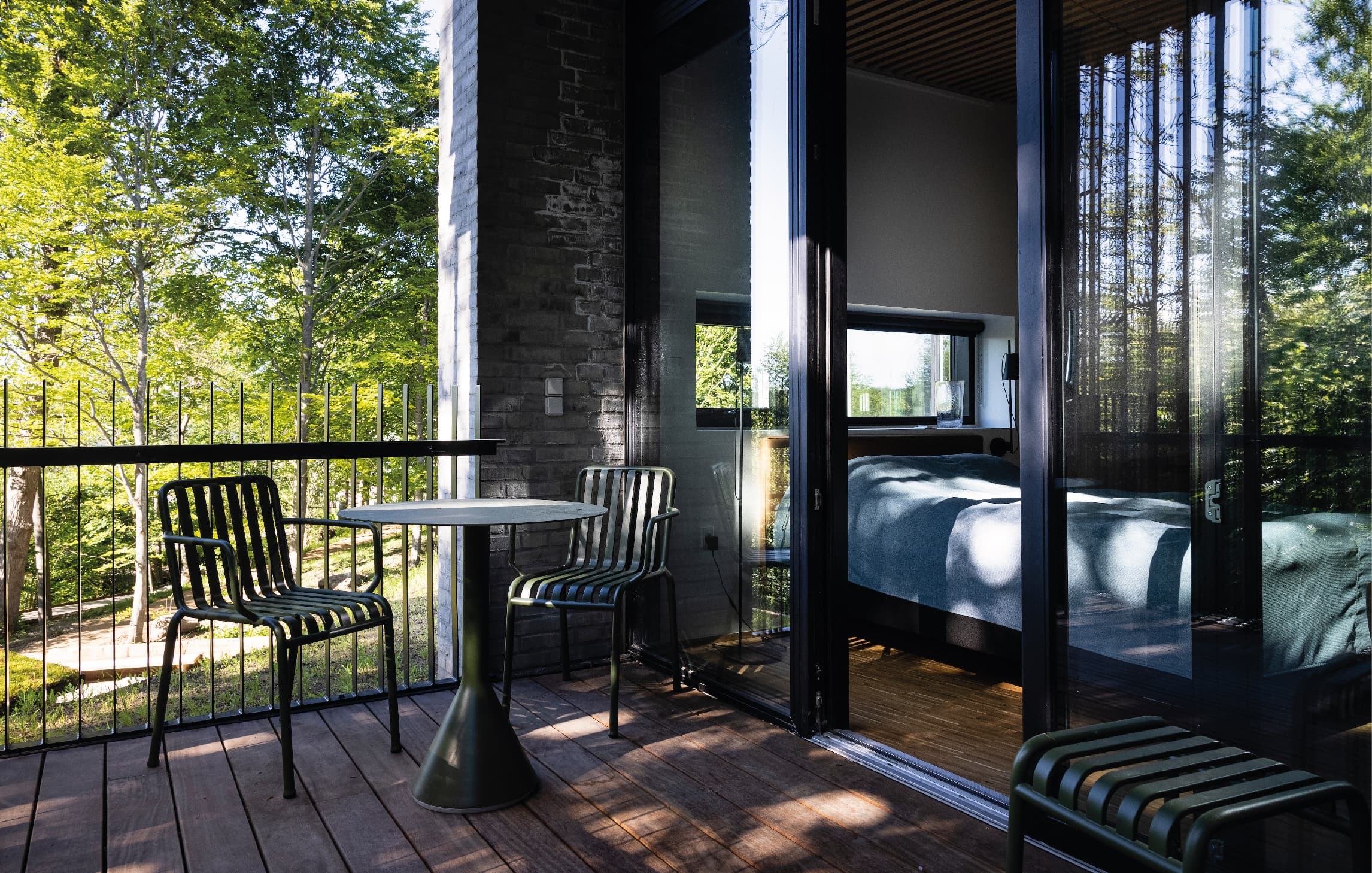
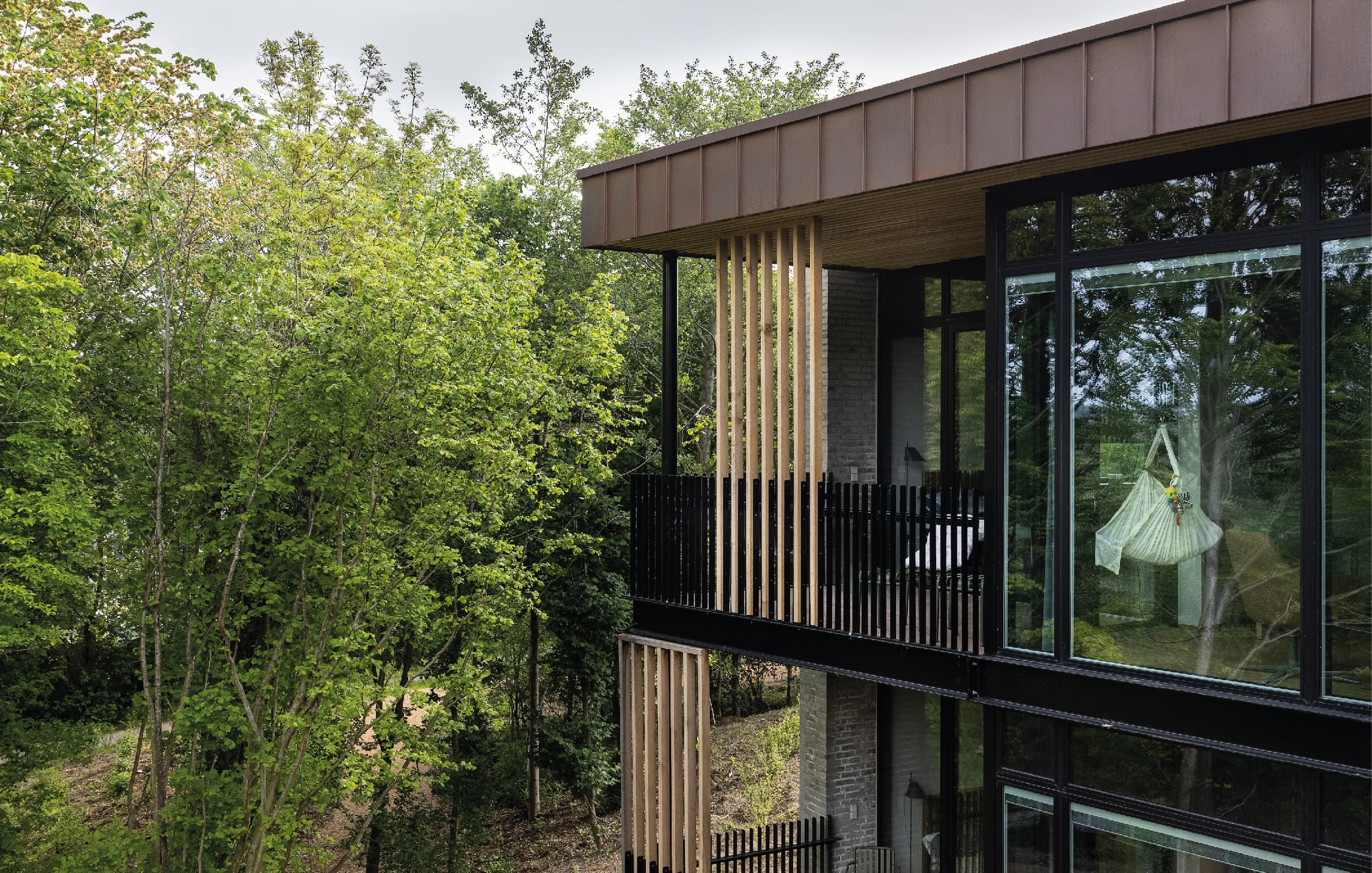
It’s hugely significant, you know, this thing with nature, and the relationship between indoors and outdoors. And the fact that you can sit inside and have the trees right beside the living rooms, I really think that’s been solved well, because it means you have a really great view from almost every room.Nurse
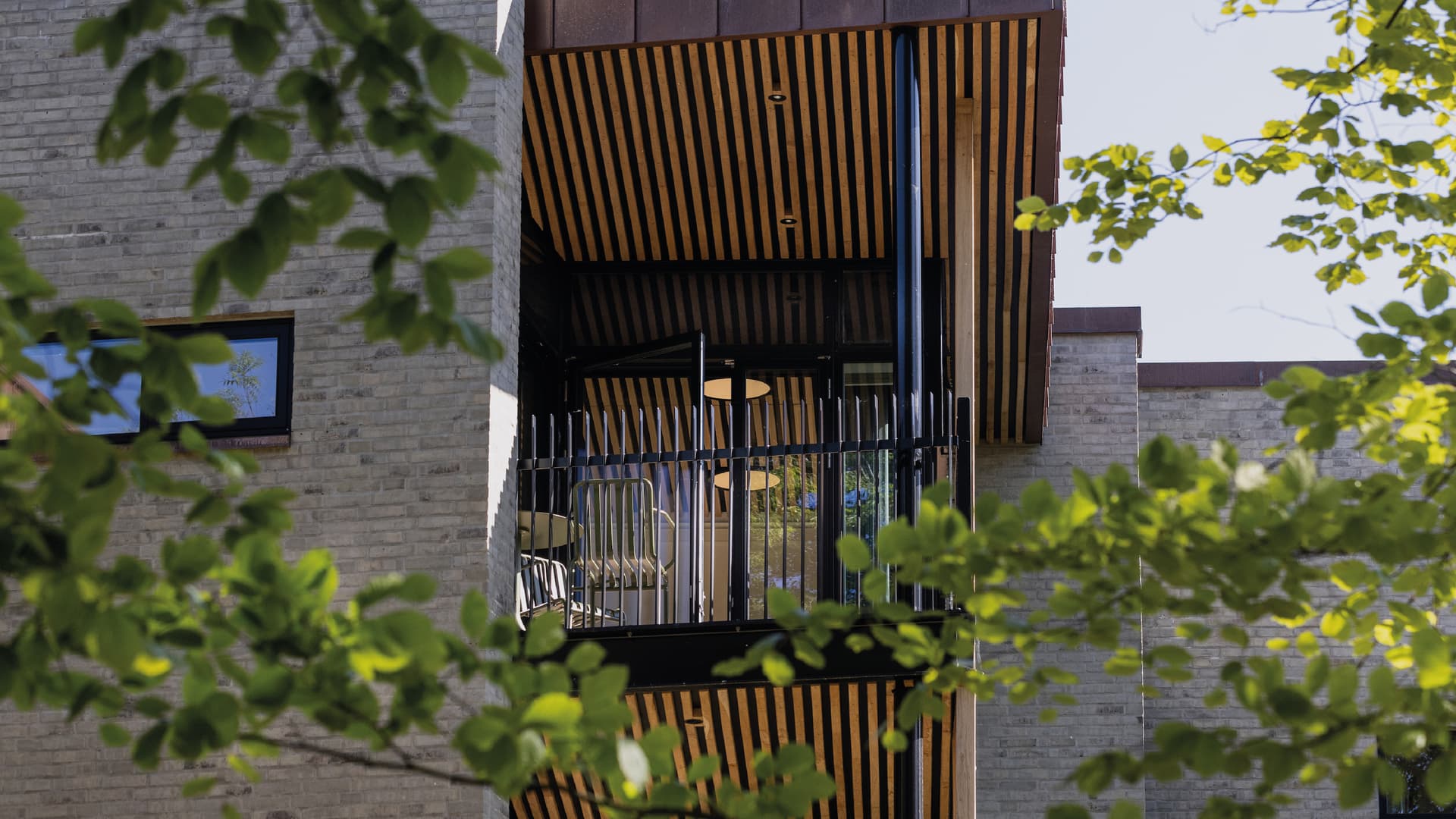
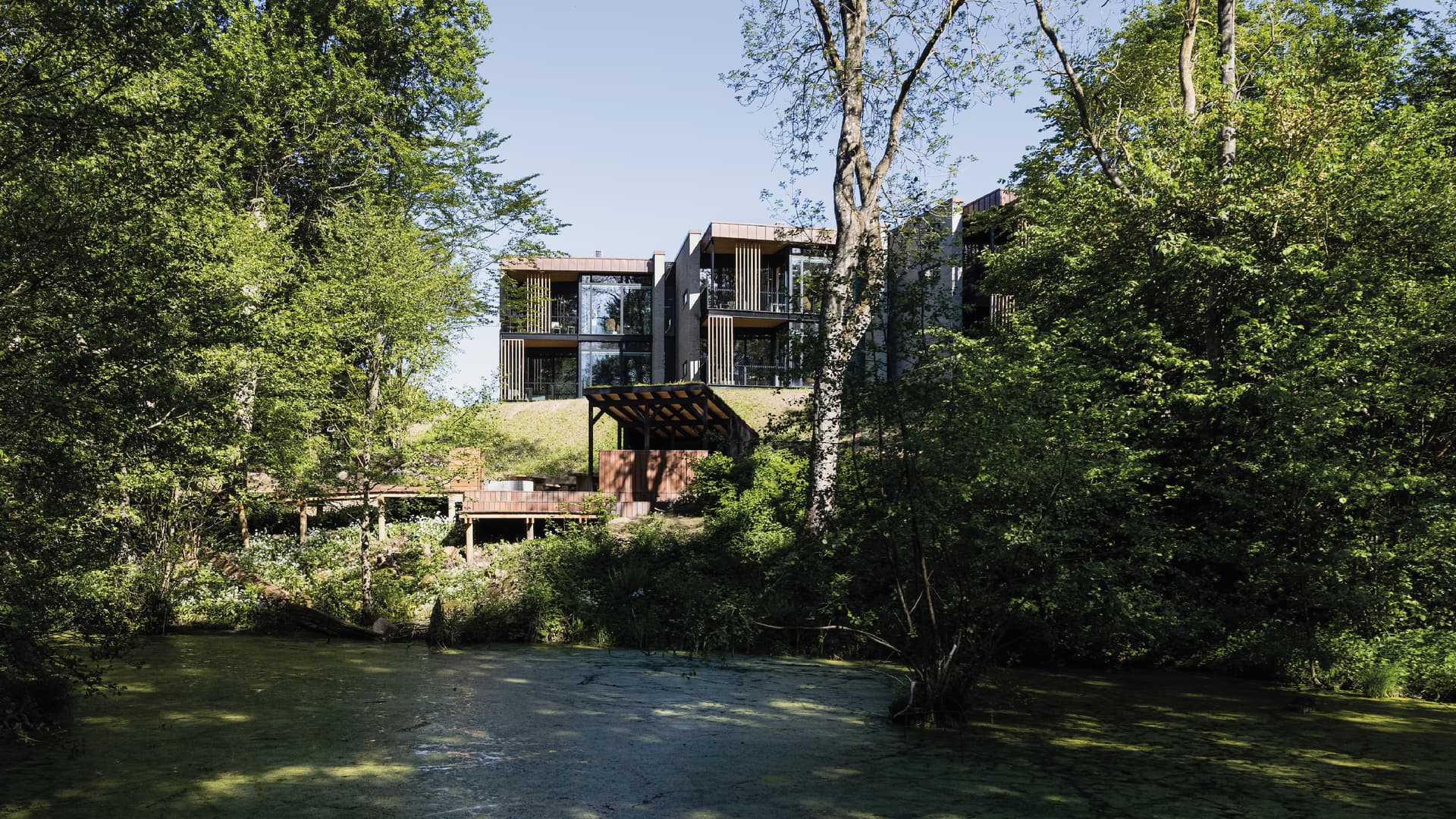
Homeyness and privacy
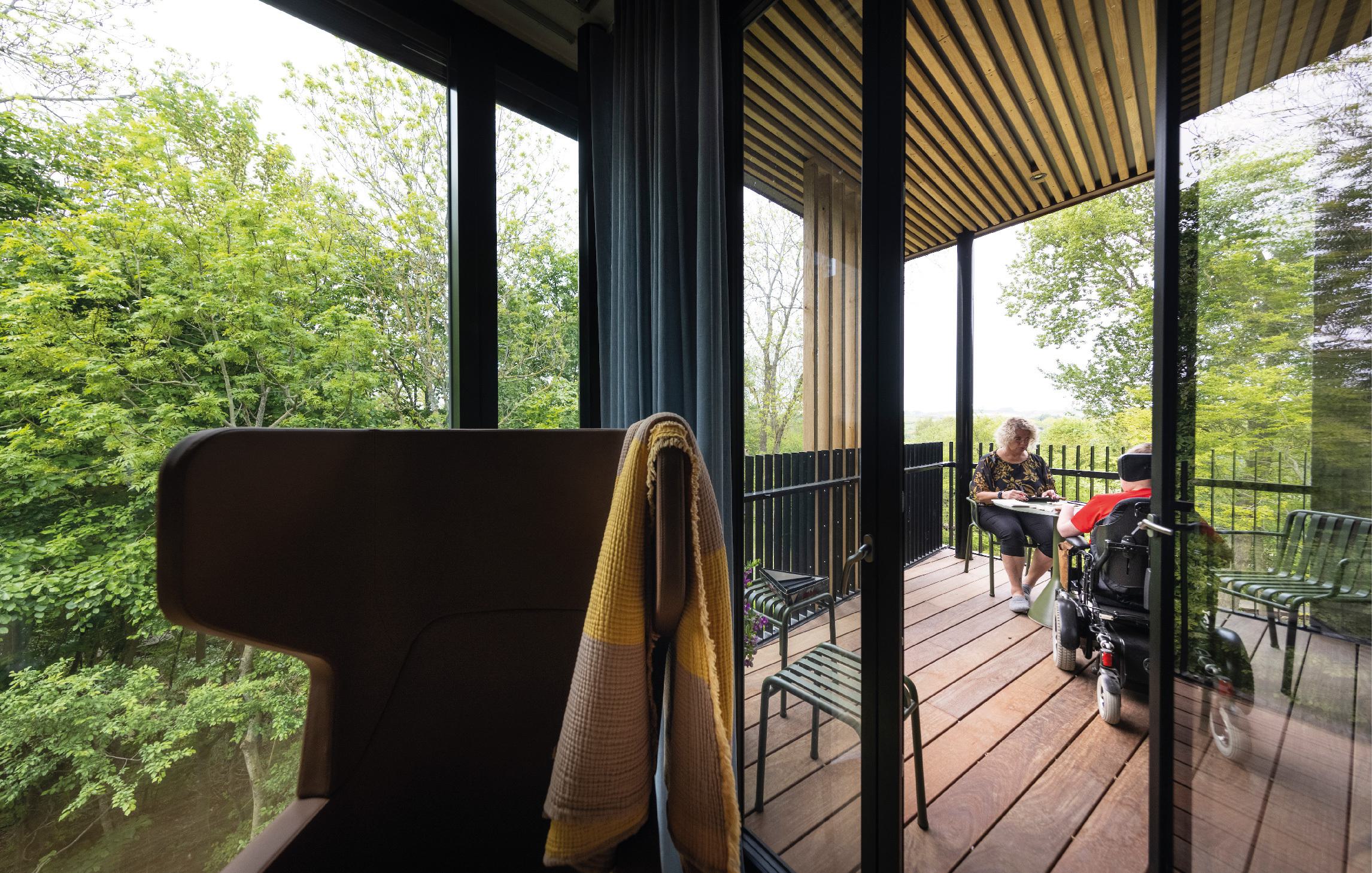
In Strandbakkehuset, homeliness and privacy are important for families because they are in a situation where there is an increased need for calm, time for reflection, and processing grief without having to deal with others. In addition to a patient room, each family also has their own private unit and corresponding private entrance, exclusively reserved for the family. The clear division between the patient room and the family residence is significant for the families' sense of homeliness because it helps maintain actions associated with everyday life and normalcy. The staff attend to the patient in the patient room and do not enter the family's residence unless invited – even though the sliding door between the patient room and the family residence is often open.
In the common area, families prepare and eat their meals. Each family has their own drawer in the kitchen and in the refrigerator. Being able to fill a refrigerator with food they have chosen is an important aspect of the families' connection to Strandbakkehuset because it makes them feel at home.
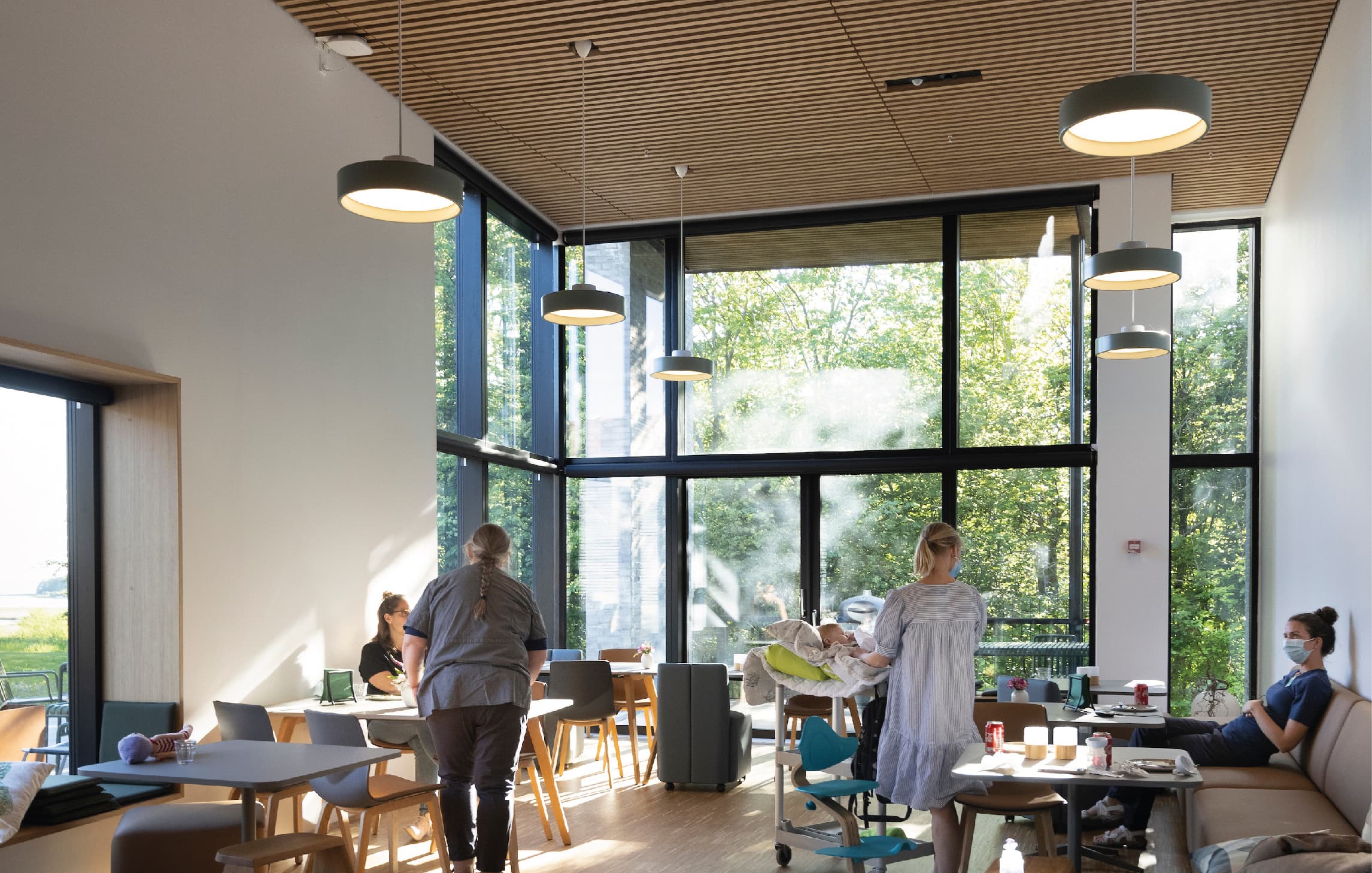
Many of the families moving into Strandbakkehuset have been hospitalized for long periods and thus have not been in contact with everyday life for a long time. Therefore, it is of great value to them that Strandbakkehuset feels homely, and that the facilities encourage them to maintain actions associated with everyday life and normalcy. At the same time, having their own accommodation where they can withdraw and still maintain proximity to their child is stress-reducing.
Relationships and community are also important prerequisites for the experience of homeliness. The common room and the heart room are important in counteracting a sense of isolation in the room. These two communal areas help increase normalcy and connection to life outside the residence.
For us, it’s absolutely fantastic that we can have peace and quiet in our own room without suddenly having staff bursting in, as in the hospital. It’s good for me as a mother, it’s good for my sick child, but it’s also good for our second child who may need to withdraw from the hustle and bustle we live in.- Mother
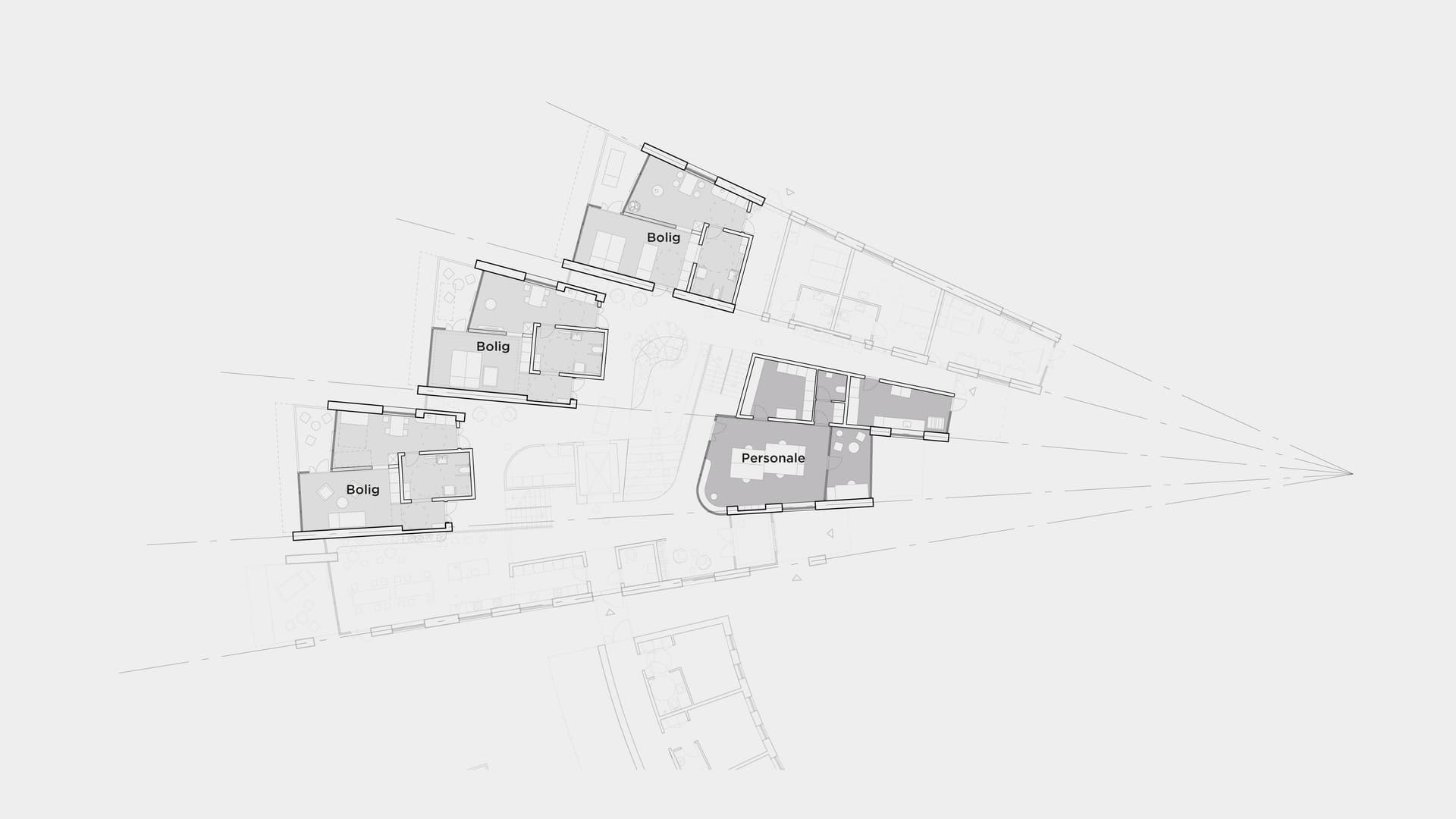
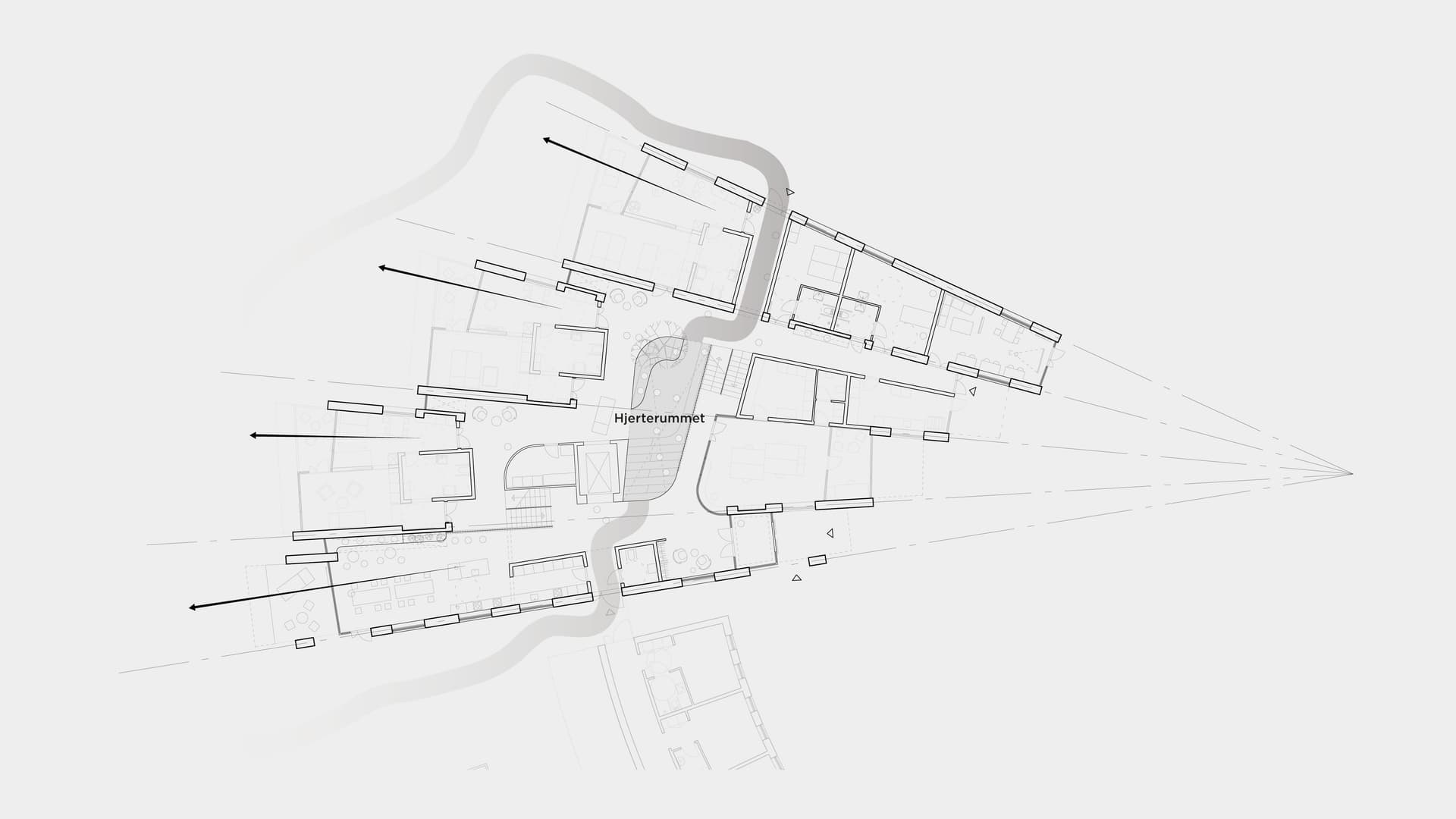


Open and accessible office environment
In Strandbakkehuset, visibility has been emphasized to create good communication between families and staff. The staff office is the first thing one encounters upon entering the building. The office is located in close visual proximity to both the main entrance, the heart room, and the other two levels of the building, ensuring good communication between families and staff. Unlike hospitals, where staff are often hidden behind a door or glass partition, staff at Strandbakkehuset are easily accessible and visible to users. While families find this reassuring, it is also described as challenging for the staff when they need to focus on their work. Either because of noise from the heart room or from inquiries, contributing to a feeling of being "on" all the time.
Families are so used to having to knock on a door to get in touch with the staff. It’s not optimal at all. It creates distance. We have it open over here, and we actually have very good experience with it – even with the disadvantages that come with it. I’ve heard families say that they feel they are welcomed with open arms and presence. (…) The challenge has been that the majority of employees come from the hospital environment and from a hospital culture where they’re not used to this open environment. They’re used to being able to retreat and close the door and then talk about everything that needs to be discussed and therefore can have the communication they want.Hospice Manager
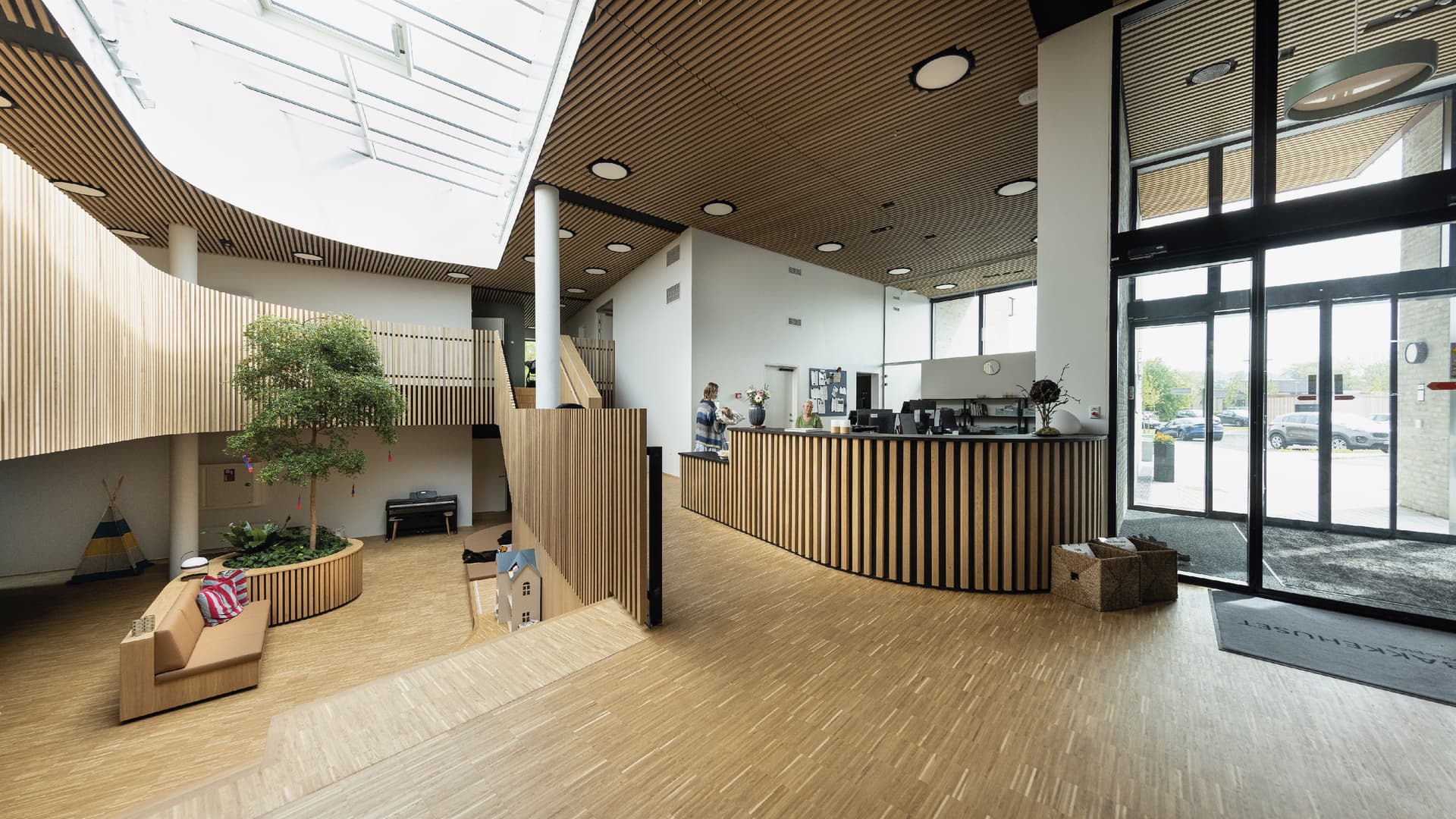
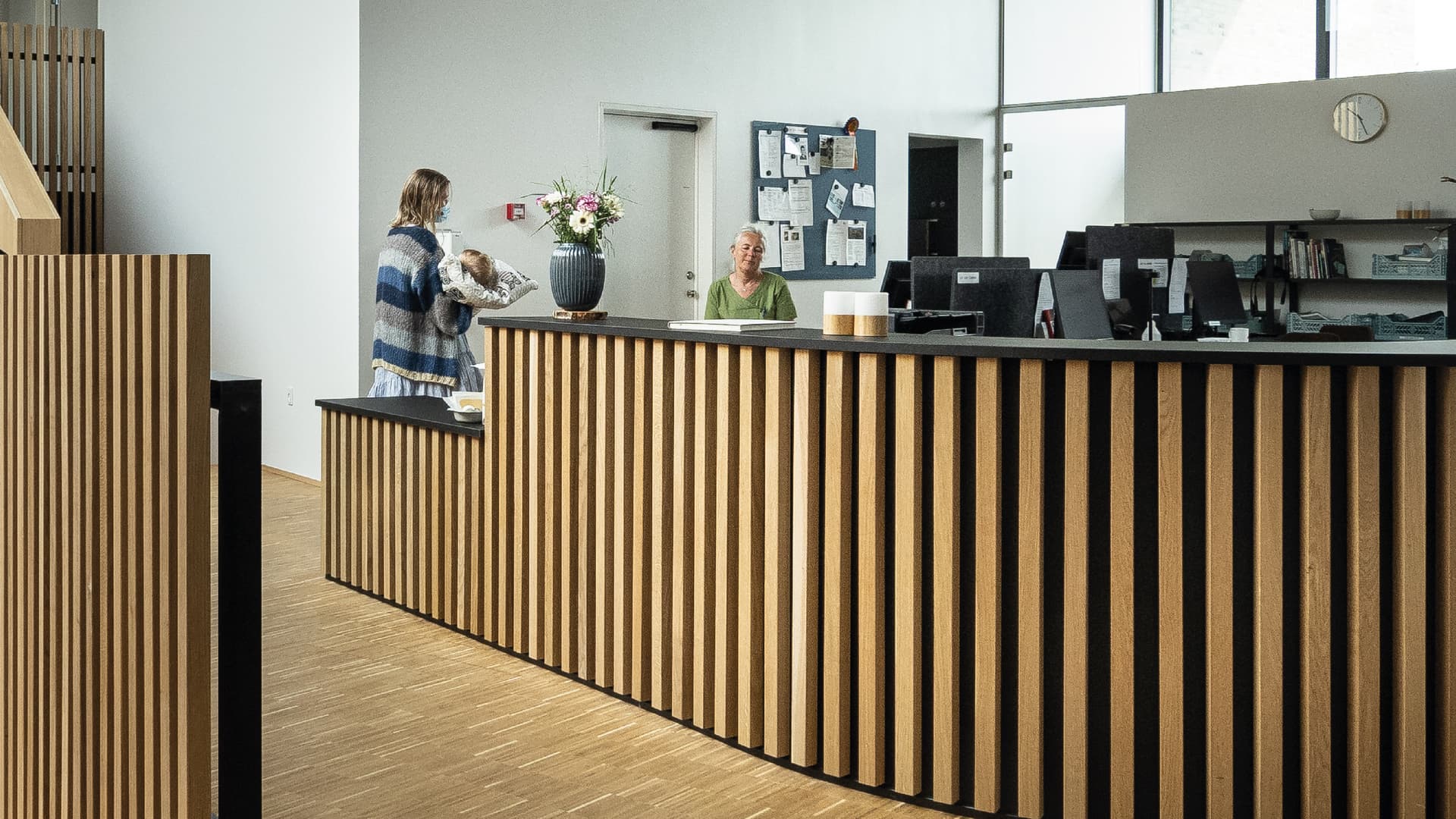
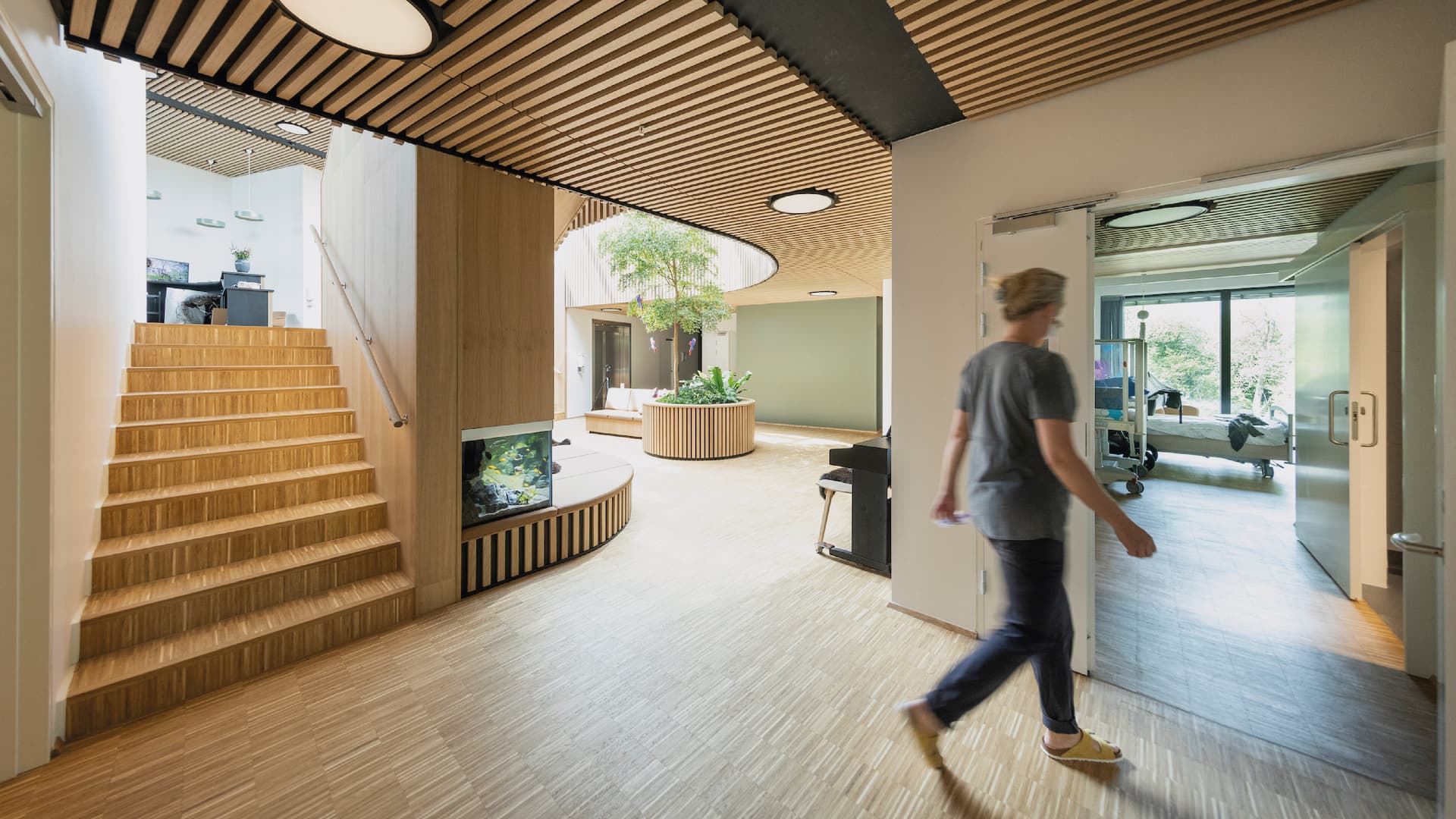

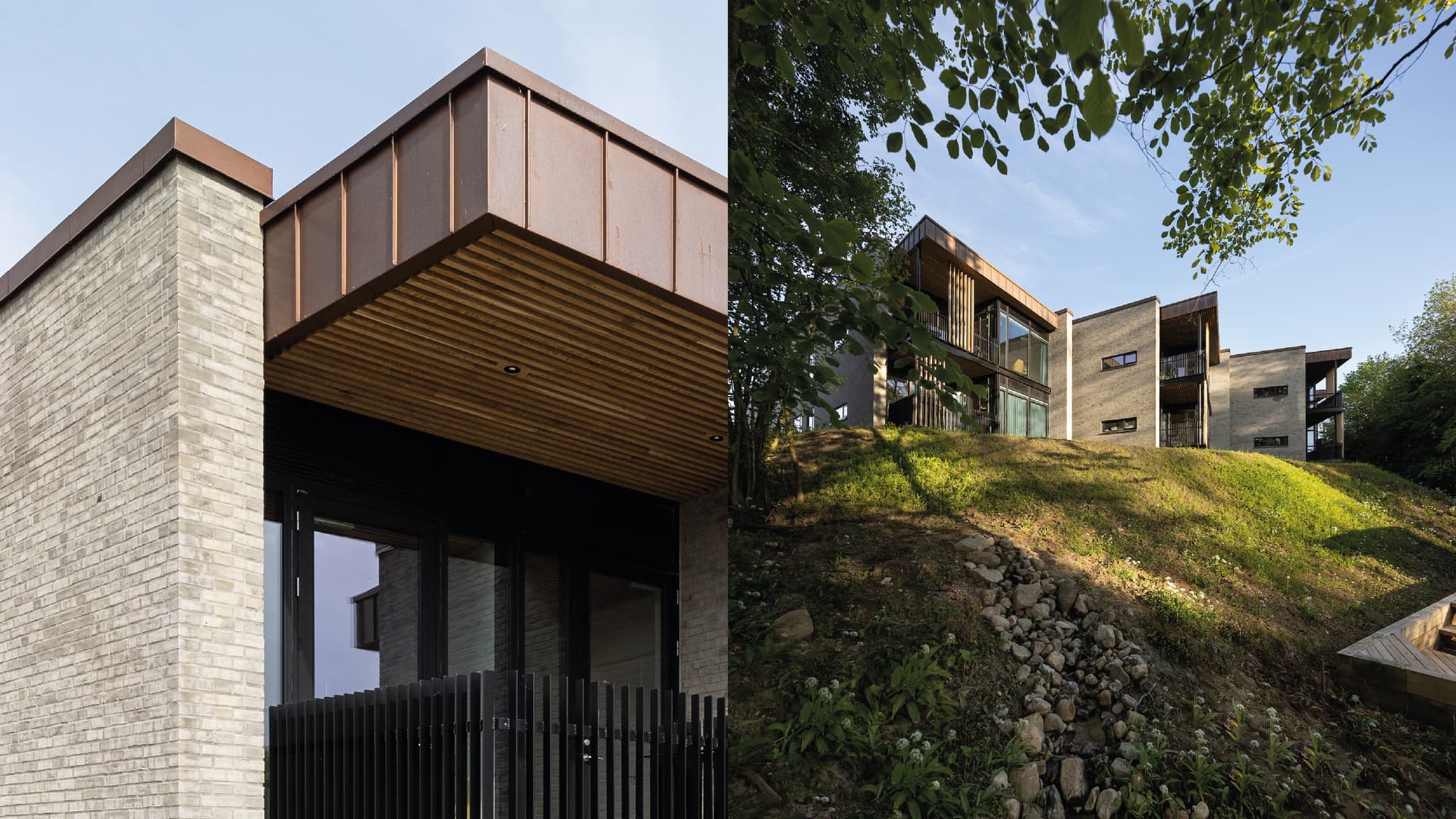
Behind the impact case
The impact case is based on an evaluation conducted by our effect team in 2023, where initially an architectural analysis of Strandbakkehuset's architecture, design, and materials was performed. The analysis is supplemented with perspectives from interviews with the architects behind Strandbakkehuset. Thirteen semi-structured interviews were conducted, including three mothers of hospitalized children aged 10 months, 16 years, and 30 years, five from the staff, two from the management, and two architects from AART. Observations took place over seven days, primarily during daytime between 9 am and 6 pm.
In Strandbakkehuset, research, knowledge, and field studies have formed a crucial foundation for the selection of architectural means. From the initial phases to the completion of construction and through to the revisiting and evaluation of the house. Building on the Impact Compass, the revisit of Strandbakkehuset has examined whether and how the intentions for the place have been fulfilled in the users' experiences and actions.
